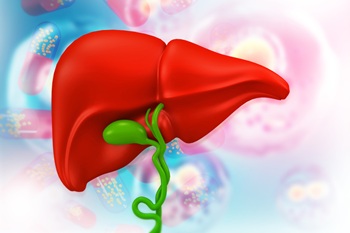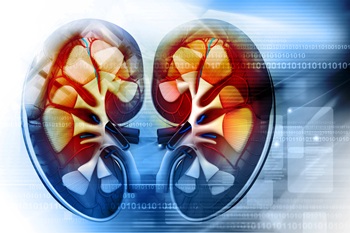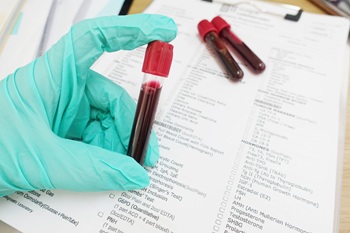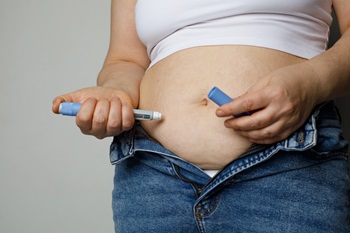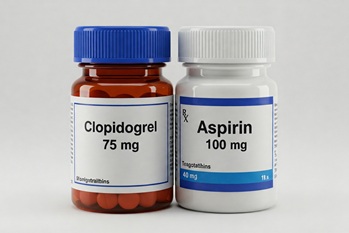Three GLP-1 drugs, Zepbound (tirzepatide), Wegovy (semaglutide), and Saxenda (liraglutide), are currently approved for weight loss. Zepbound and Wegovy have demonstrated superior weight loss (16% to 22%) compared to Saxenda (8%), making them two of the most discussed medications in decades. Now, they have been compared head-to-head in an open-label trial, where 751 overweight, nondiabetic adults were randomized to Zepbound (target dose 10 mg or 15 mg/week) or Wegovy (target dose of 1.7 mg or 2.4 mg/week). The primary outcome, percent change in weight from baseline to week 72, was -20.2% with Zepbound and -13.7% with Wegovy (p<0.001). Key secondary outcomes, including average weight loss (50 lbs vs 33 lbs) and the proportion of participants achieving a weight reduction of 20% or more (48% vs 27%), also favored Zepbound. Side effects, including nausea (44% vs 44%), constipation (28% vs 29%), diarrhea (24% vs 23%), and vomiting (15% vs 21%), were similar between groups and mainly occurred during the therapy titration phase. Drug discontinuation due to adverse events was slightly higher in the Wegovy group (6.1% vs 8%).
These results corroborate findings from placebo-controlled studies, which showed that both drugs are highly effective, but Zepbound is superior. Patients sometimes ask me if one of the two has fewer side effects, and I can now confidently say they are similar in that regard. For those who are unaware, current cash pricing for both drugs is detailed below.
Zepbound Cash pay: Eli Lilly offers Zepbound in two forms: pens and vials. The pens are pressed against the skin, and the medication is injected when a button is pushed. The vials require the patient to draw the medication into a syringe and inject it themselves. Pens cost $650/month with the Zepbound savings card (see
Zepbound coverage and cost). The vials are available in 4 doses from
LillyDirect at the following prices:
- 2.5 mg: $349 per month
- 5 mg: $499 per month
- 7.5 mg: $499 per month
- 10 mg: $499 per month
Wegovy cash pay: Novo Nordisk now offers all doses of Wegovy for $499/month through their online mail-order pharmacy
NovoCare Pharmacy. Wegovy is available from other pharmacies for $650/month with the
Wegovy savings card.

